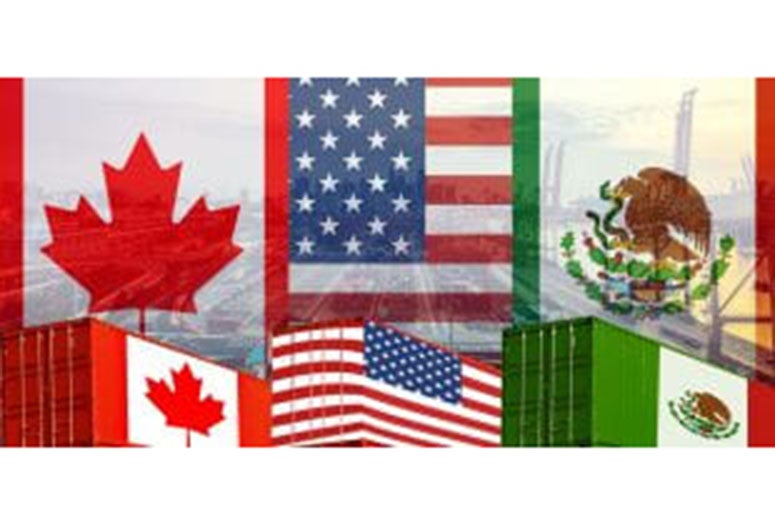The United States-Mexico-Canada Agreement (USMCA) includes clauses never before seen in a U.S. trade agreement, according to an expert at Rice University’s Baker Institute for Public Policy.
The USMCA, which replaces the North American Free Trade Agreement (NAFTA), has been ratified by all parties and is expected to enter into force July 1.
David Gantz, the Will Clayton Fellow in Trade and International Economics at the Baker Institute’s Center for the United States and Mexico, published an issue brief analyzing major new features of the agreement: limitations on currency manipulation, restrictions on trade agreements with China, protection of the rights of indigenous populations, and a sunset clause — what happens if a country wants to leave the agreement, and how the countries will update the agreement in the future.
“Several of the provisions discussed in this report could have a very significant impact on the interpretation, application and longevity of the USMCA in the future,” he wrote.
According to the brief, the limitations on currency manipulation are most significant as a model for future trade agreements with countries where manipulation has been a major U.S. concern, since “the United States, Mexico and Canada already have floating exchange rate regimes and currently meet the transparency and reporting requirements.”
However, Gantz notes that “the chapter requires commitments to refrain from competitive devaluations and targeted exchange rates, while increasing transparency and providing mechanisms for accountability. This unprecedented approach will help reinforce exchange rate stability.”
Effectively barring trade agreements with China is among the “most unusual and unexpected provisions in the USMCA,” according to Gantz. The restrictions require Mexico or Canada to provide three months’ notice on any potential deal so the U.S. can review the objectives, and “most significantly, if a party enters into such a trade agreement … the other parties (United States) have the option to terminate the USMCA.”
“Given that many believe that U.S.-China economic competition and rivalries are likely to affect the world economy for decades, this provision may be only the first in which U.S. efforts to isolate China conflict with Mexican and Canadian economic objectives,” Gantz wrote.
The USMCA preamble recognizes, for the first time in a trade agreement involving the United States, “the importance of increased engagement by indigenous peoples in trade and investment.” Canada also insisted on a general exception to the entire USMCA to protect legal obligations to its indigenous groups.
However, the sunset provision — which would terminate the USMCA after 16 years unless the parties agree to extend it for another 16 years — shows “a stunning level of naivete and lack of basic understanding of how businesses operate” and their need for predictability, Gantz wrote.
“Perhaps the best that can be said for the provision is that it is far less potentially damaging than the five-year sunset clause originally sought by the United States, likely reflecting the Trump administration’s skepticism about any international agreement that actually or potentially restricts the government’s unilateral actions,” Gantz wrote.
According to Gantz, the sunset provision leaves unresolved the issue of whether a U.S. president can withdraw from the USMCA without congressional approval, as President Trump repeatedly has threatened to do.

